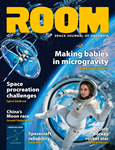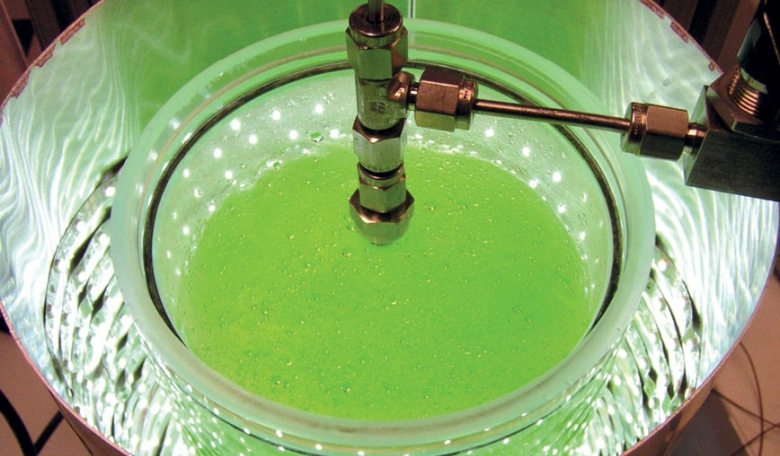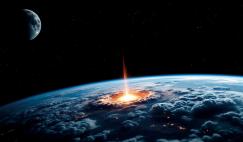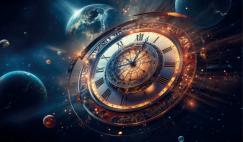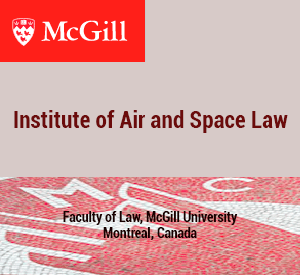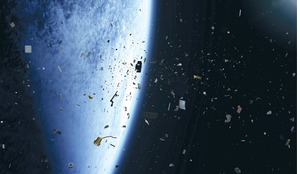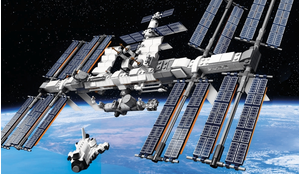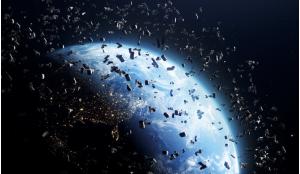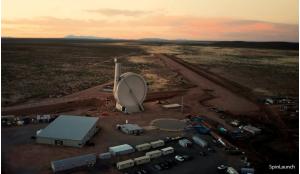Among the many challenges to overcome before would-be space explorers can embark on long-duration expeditions to other planets is the problem of how to replenish food and oxygen supplies along the way. Tobias Niederwieser asks if a simple but diverse group of aquatic organisms with the ability to conduct photosynthesis could be one of the solutions. Commonly known as algae, these organisms are not only critical to sustaining life on Earth but they could be the key to providing sustenance and breathable air on board future spacecraft too.
To support astronauts onboard the International Space Station (ISS), we currently resupply about seven tons of water and five tons of food a year. This is in addition to the oxygen that is already recovered from exhaled carbon dioxide, along with potable water extracted from human waste water.
Consider then if we were to use the same technologies currently employed on the ISS for a mission to Mars; if you extrapolate these rates to a four-crew, three-year mission, just the resupply mass itself accumulates to about 24 tons. This is a huge amount and much heavier than the 22-ton payload mass one Space Launch System (SLS) is expected to launch towards the red planet. Even so, this calculation does not account for such things as the crew, systems, landers, etc, all making it seem quite unfeasible to say the least.


